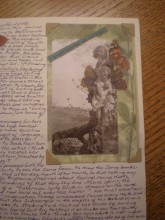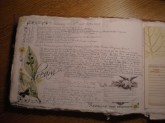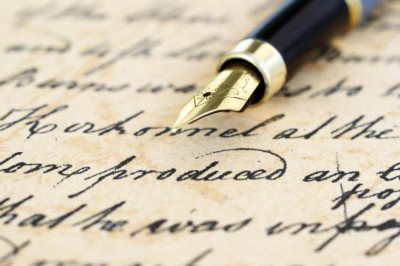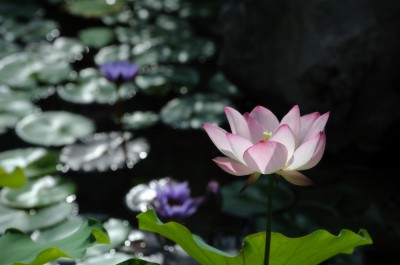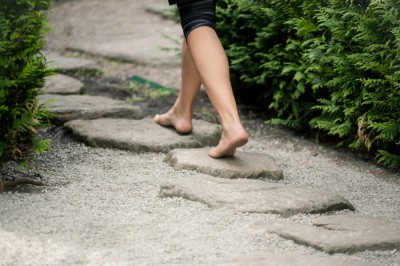 You teach company values during orientation and when providing performance reviews, and the marketing department has given you a set of value posters for your office wall, but do you know how to make them come alive in your own life? If you don’t, it’s going to be an uphill run to help others in the organization bring values to their operations.
You teach company values during orientation and when providing performance reviews, and the marketing department has given you a set of value posters for your office wall, but do you know how to make them come alive in your own life? If you don’t, it’s going to be an uphill run to help others in the organization bring values to their operations.
Values are part of the invisible world that creates worth for stakeholders. The clearer they are and the more you work with them, the easier it gets to measure their impact and see them embodied in day-to-day activity.
10 ways to move a value off the office wall and into your life.
- Reflect on what the value means to you in writing.
- Identify someone who you feel embodies the value in their day-to-day work and talk with them about this.
- Identify someone in your industry or field that embodies the value. Interview them about this and develop an article.
- Describe what happens when the value isn’t present.
- Identify actions which embody the value, and discover how you could add them to your work day.
- Keep a values journal and note when you experience the value. Describe the situation, what happened, any action you took, and how you felt.
- Once you’ve made progress with bringing the value to life, talk to five people who you work with, explain you’ve been working on the value, and ask them for feedback about your connection with/embodiment of the value.
- Ask someone who you feel really understands the value to mentor you on embodying it.
- Identify a situation that needs more of the value, check to see if those in the situation agree, and then work with them to develop it.
- Write an article on the value or ask to speak about it at a meeting.
If you begin by increasing your own awareness of the value, and then work to put it into action, you provide leadership, and become a model that makes the invisible, visible.
Join the conversation: How have you gone about embodying a value? What practices have helped you bring from the invisible to the visible world?




